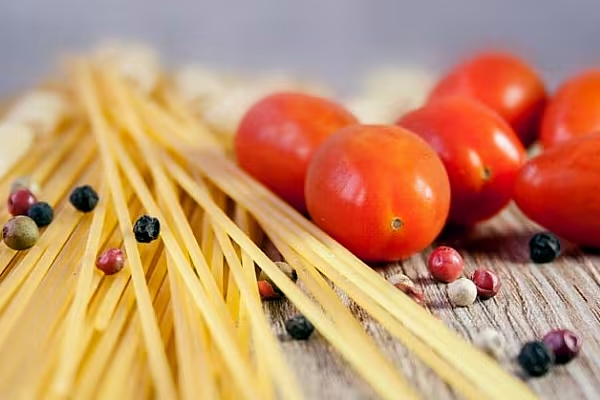Consumption of 100% Italian-labelled pasta grew by 23% in volume and 28.5% in value, year-on-year, during the first half of 2020.
The latest report from ISMEA confirms last year’s positive trend, which saw the market post double-digit growth (+13% both in volume and value).
Lockdown Boost
During the COVID-19 lockdown, pasta sales increased sharply, mirroring the performance of the entire food sector. The period January-June saw an annual growth of 8% in volume and 13.5% in value.
However, the lockdown surge cannot mask what has been a steady reduction in domestic pasta consumption in Italy.
Although spend across the pasta sector increased by 0.7% in 2019, this was driven by an increase in average consumer prices (+2%), as volumes were down by 1.4%.
The total turnover of the Italian pasta sector amounted to €4.7 billion last year, of which exports accounted for more than 50%.
Out of the remaining production, in Italy 75% is sold through the large-scale retail trade and 25% through the HoReCa channel.
Restrictive Measures
According to ISMEA, the COVID-19 pandemic and the resulting restrictive measures have exposed the Italian milling and pasta processing industries to strong vulnerability, given their structural dependence on foreign raw materials.
Domestic production of durum wheat covers 65% of the needs of the Italian pasta industry, while the rest is imported.
© 2020 European Supermarket Magazine – your source for the latest retail news. Article by Branislav Pekic. Click subscribe to sign up to ESM: The European Supermarket Magazine








